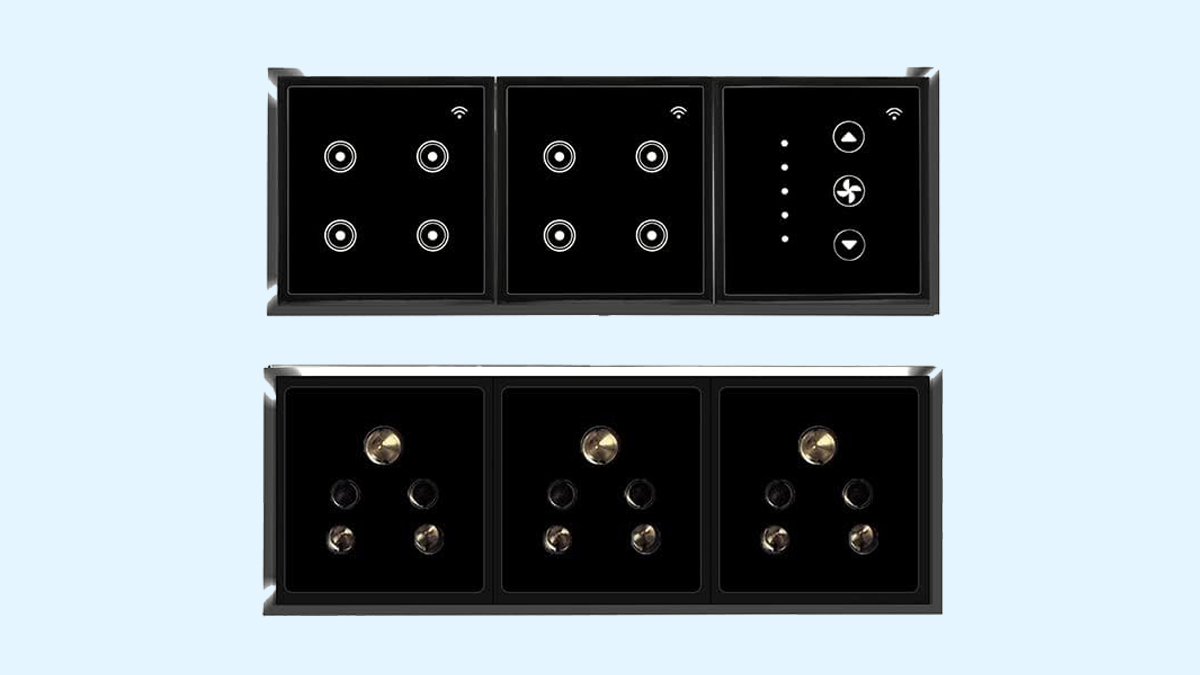The Modular Digital Controller empowers musicians with adaptable, state‐of‐the‐art performance options. By integrating multiple hardware and software technologies, this controller delivers exceptional control and sound fidelity. Its evolution is driven by diverse components that collectively redefine instrument responsiveness and user experience. This article explores how various technologies contribute to the Electronics and Technology Behind Modular Digital Controller in modern smart musical instruments.
| Table of Contents | |
|---|---|
| I. | High-Performance Microcontrollers & DSPs |
| II. | Advanced Digital Signal Processing Algorithms |
| III. | Precision ADC/DAC Circuits |
| IV. | Modular Hardware Architecture |
| V. | Robust Communication Protocols |
| VI. | FPGA Integration for Hardware Acceleration |
| VII. | Real-Time Operating Systems (RTOS) |
| VIII. | Signal Integrity & Noise Management |
| IX. | Smart Sensor Integration |
| X. | Low-Power & Power Management Solutions |
| XI. | Embedded Software & Firmware Customization |
High-Performance Microcontrollers & DSPs
High-performance microcontrollers and DSPs form the computing core of the Modular Digital Controller, ensuring rapid, low-latency processing crucial for real-time musical applications. They manage complex algorithms and data streams necessary for precise sound synthesis and modulation. This component is central to achieving professional sound dynamics and responsiveness. In many designs, the integration exemplifies how Electronics Behind Modular Digital Controller elevates instrument performance, providing both reliability and flexibility.
Advanced Digital Signal Processing Algorithms
Advanced digital signal processing algorithms optimize audio clarity by managing effects, filtering, and dynamic modulation within the controller. These algorithms empower the Modular Digital Controller to deliver creative sound manipulation in real time. Their smart integration allows for innovative modifications that adapt to the musician’s performance. This performance tuning illustrates how Electronics Behind Modular Digital Controller principles drive expressive and refined soundscapes in smart musical instruments.
Precision ADC/DAC Circuits
Precision ADC/DAC circuits ensure that the analog signals from musical inputs are accurately converted into digital data and then reproduced with high fidelity. Within the Modular Digital Controller, these circuits are vital for capturing the nuances of every performance. Their high-resolution conversion maintains the natural timbre and dynamics of the instrument, establishing a critical link between live input and digital processing in smart musical instruments.
Modular Hardware Architecture
A modular hardware architecture allows the Digital Controller to be easily upgraded and customized, meeting the ever-changing demands of modern musical performance. This adaptable design facilitates seamless integration of new components without extensive redesign. Such flexibility is a hallmark of next-generation instruments, demonstrating that innovative approaches, as seen in Electronics Behind Modular Digital Controller, are key to future-proofing performance setups while enhancing user customization.
Robust Communication Protocols
Robust communication protocols are essential for ensuring reliable data exchange between the Modular Digital Controller and its peripheral modules. They coordinate the seamless transfer of control signals, sensor data, and audio feedback. This secure interconnectivity guarantees that every component, from sensors to processing units, operates in harmony, fostering efficient and responsive smart musical instrument performance in both studio and live settings.
FPGA Integration for Hardware Acceleration
Integrating FPGAs into the Modular Digital Controller provides the hardware acceleration needed to handle complex audio processing tasks. FPGAs enable parallel processing and dynamic reconfiguration, crucial for speeding up demanding computations and signal transformations. This acceleration supports high-resolution, real-time audio effects and seamless performance, further enhancing the capabilities of smart musical instruments.
Real-Time Operating Systems (RTOS)
A Real-Time Operating System (RTOS) is the backbone that manages the timing and execution of processes in the Modular Digital Controller. It coordinates multiple tasks, ranging from audio processing to sensor feedback, with minimal latency, vital for live performance accuracy. The RTOS ensures dependable, synchronized operations, enabling the instrument to deliver consistent performance under demanding real-time conditions.
Signal Integrity & Noise Management
Maintaining signal integrity is paramount in the Modular Digital Controller, where rigorous noise management strategies such as shielding, filtering, and differential signaling, preserve audio quality. These techniques minimize interference and distortion, ensuring that sound reproduction remains pure and responsive. Clear signal pathways translate into enhanced musical expression, a critical factor for professional smart musical instruments.
Smart Sensor Integration
Smart sensor integration offers adaptive control by monitoring pressure, touch, and environmental factors, directly influencing the Modular Digital Controller’s performance. These sensors deliver real-time feedback that adjusts sound modulation and effects, fostering interactive play. The incorporation of sensor data into the digital controller deepens the expressive potential of smart musical instruments, making each performance more intuitive and immersive.
Low-Power & Power Management Solutions
Low-power and power management solutions are critical in optimizing the Modular Digital Controller for extended live performance and portability. Energy-efficient components reduce heat and conserve battery life, enabling sustained high-performance operation in smart musical instruments. Advanced power scaling and regulation technologies ensure that performance does not compromise efficiency, supporting both creativity and operational sustainability in dynamic settings.
Embedded Software & Firmware Customization
Embedded software and firmware customization empower users to fine-tune the Modular Digital Controller’s performance according to their artistic needs. Customized firmware allows personalized control of sound profiles, response curves, and performance presets, reflecting the specific tastes of professional musicians. Continuous updates and modifications reveal that Electronics Behind Modular Digital Controller can adapt to evolving musical trends, securing its role as an indispensable tool in the smart musical instruments industry.

